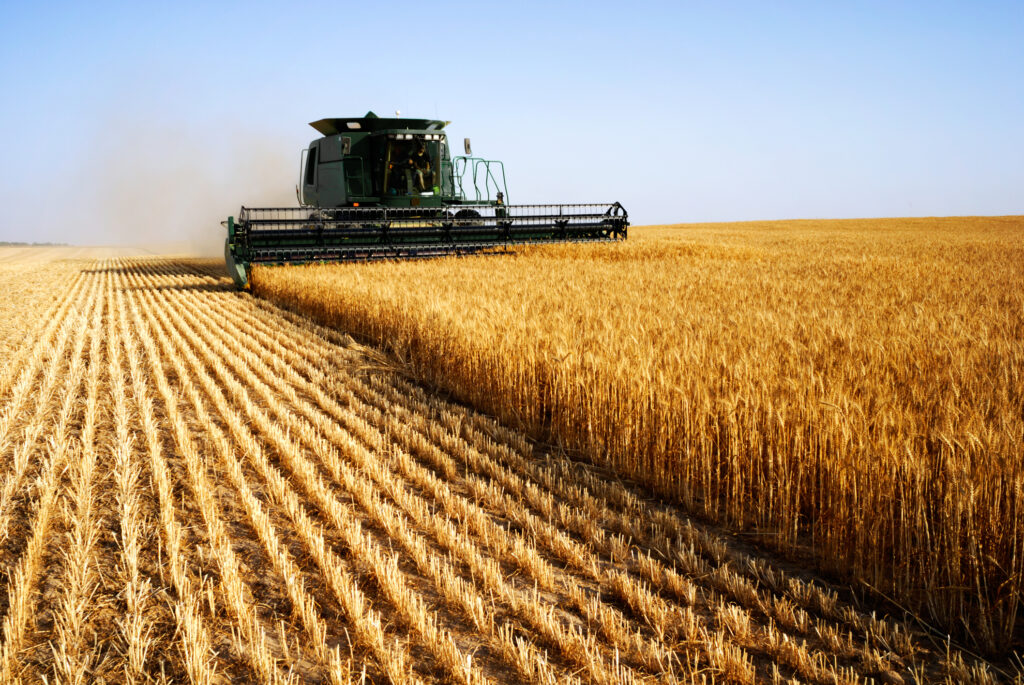2011 in Review: Ag & Environment

That stuff they aren’t making anymore keeps getting more expensive
The average price of Iowa farmland surged 32.5 percent to $6,708 an acre this year, with a $20,000 per acre sale recorded in early December. “The 2011 land value survey covers one of the most remarkable years in Iowa land value history,” said Mike Duffy, an Iowa State University economics professor and extension farm management economist who conducts the survey. “This is the highest percentage increase recorded by the survey, and the average land value of $6,708 per acre, when adjusted for inflation, is at an all-time high.” On the other hand, Duffy told the Business Record that record prices don’t necessary translate to a bubble situation, such as what occurred in residential and commercial real estate in 2007 and 2008. The fundamentals indicate that there is still “discipline” in the farmland market, he said.
Farm income up, so are production costs
The U.S. Department of Agriculture (USDA) took a measure of the farm economy and reported that net income is likely to jump 28 percent this year to a record $100.9 billion. The USDA said that cash receipts from corn would reach an estimated $64 billion, up 34 percent from last year. On the downside, the overall cost of production is expected to jump 12 percent to nearly $320 billion in 2012.
Pioneer wants to tame corn’s hunger for nitrogen
In a never-ending effort to keep its customers satisfied, Pioneer Hi-Bred International Inc. is searching for a way to reduce some of the costs of production. Tom Greene, research director in trait discovery at Pioneer, wants to tame corn’s nitrogen appetite and maintain high yields. “Nitrogen is a key input cost and a key determinant of yield,” Greene said. A Pioneer study of the effects of reduced levels of nitrogen on corn production found that over five years, a 30 percent reduction in application rates reduced yields 27 percent. Corn completely deprived of nitrogen staggered along at a 72 percent yield loss. Greene is leading a crew of researchers who want to genetically modify corn to produce a hybrid that can tolerate a 30 percent reduction in nitrogen.









